Places On Earth That Don't Look Real
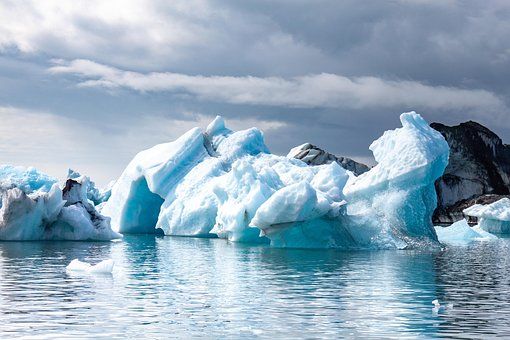
There are many incredible destinations on this planet, but few can compare to the truly surreal and otherworldly landscapes found in some corners of the globe. These places can seem like something out of a dream, with their stunning colors, unique geography, and one-of-a-kind flora and fauna.
It's hard to believe some of these places are real. From the stunning blue waters of the Blue Lagoon in Iceland to the surreal landscapes of Socotra in Yemen and Ivory Hill in China, these locations are truly breathtaking.
Blue Lagoon, Iceland
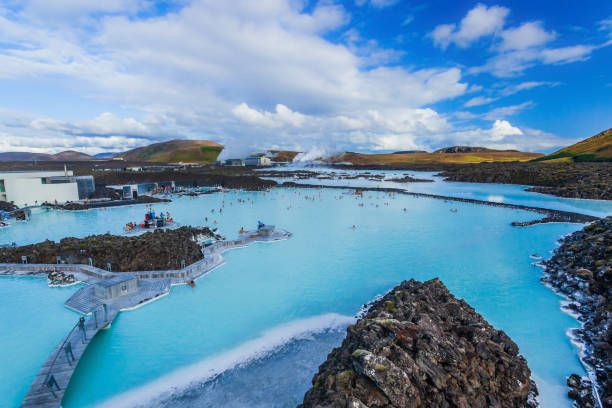
The Blue Lagoon in Iceland is a geothermal spa that has gained worldwide fame for its stunning beauty and therapeutic properties.
The lagoon is located in a lava field on the Reykjanes Peninsula and is surrounded by a landscape of volcanic rock and steam rising from the ground.
The water in the Blue Lagoon is rich in minerals such as silica, sulfur, and algae, which are said to have healing properties for the skin.
The temperature of the water is around 100 degrees Fahrenheit, making it a perfect place to relax and unwind.
The milky blue color of the water is caused by the high concentration of silica in the water.
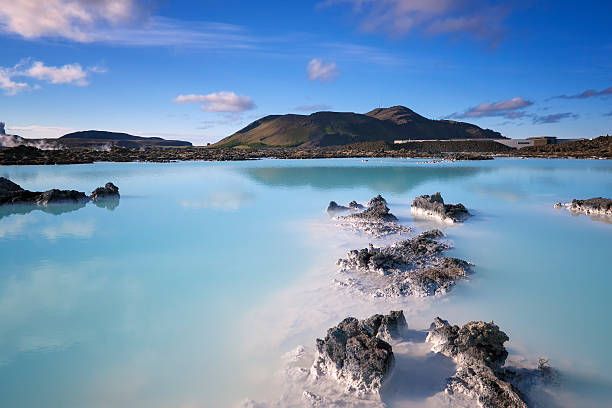
The silica forms a white mud on the bottom of the lagoon, which visitors can use as a natural exfoliant for their skin.
The water also contains minerals that are believed to help treat skin conditions such as psoriasis and eczema.
In addition to the healing properties of the water, the Blue Lagoon also offers a range of spa treatments and massages.
Visitors can indulge in a mud mask, algae mask, or mineral scrub, all of which use the natural resources found in the lagoon.
The Blue Lagoon is a popular destination for tourists visiting Iceland and is often included in guided tours of the area.

The lagoon is open year-round and is a popular spot for locals as well, especially during the winter months when the warm water is a welcome respite from the cold weather.
While the Blue Lagoon is undoubtedly one of the most stunning destinations in Iceland, it's important to note that the area surrounding the lagoon is fragile and should be treated with respect.
Visitors are encouraged to stay on designated paths and to avoid disturbing the delicate ecosystem of the lava field.
In conclusion, the Blue Lagoon in Iceland is a natural wonder that offers a unique and unforgettable experience.
Its stunning blue waters and therapeutic properties make it a must-visit destination for anyone traveling to Iceland.
Socotra, Yemen
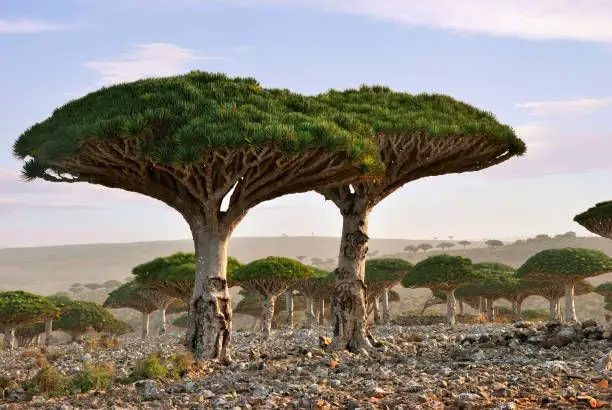
Socotra is an archipelago located off the coast of Yemen in the Arabian Sea. The largest island, also named Socotra, is a UNESCO World Heritage Site known for its unique and otherworldly landscapes, as well as its incredible biodiversity.
The landscape of Socotra is dominated by limestone plateaus and mountains, deep gorges, and beautiful sandy beaches.
The island is also home to an array of unique plant and animal species, many of which are found nowhere else on Earth.
One of the most iconic and recognizable plants on Socotra is the Dragon's Blood Tree. This tree gets its name from its red sap, which is used in traditional medicine and is also a popular ingredient in cosmetics.
The tree has a unique shape, with a bulbous trunk that branches out into a canopy of twisted branches that resemble an umbrella.
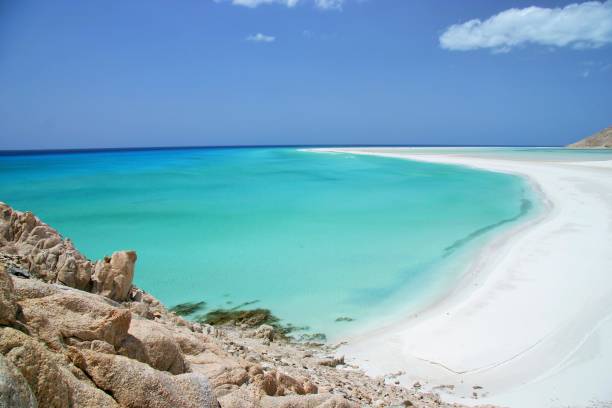
Another unique plant found on Socotra is the Desert Rose, a succulent plant with pink flowers that resemble roses.
This plant is able to store water in its swollen stem and leaves, making it well adapted to the arid and harsh climate of the island.
Socotra is also home to a number of endemic bird species, including the Socotra Cormorant, Socotra Sparrow, and Socotra Warbler.
The island is also a breeding ground for sea turtles and is home to a number of marine species, including sharks, dolphins, and rays.
The culture of Socotra is also unique and has been shaped by its isolation from the mainland.
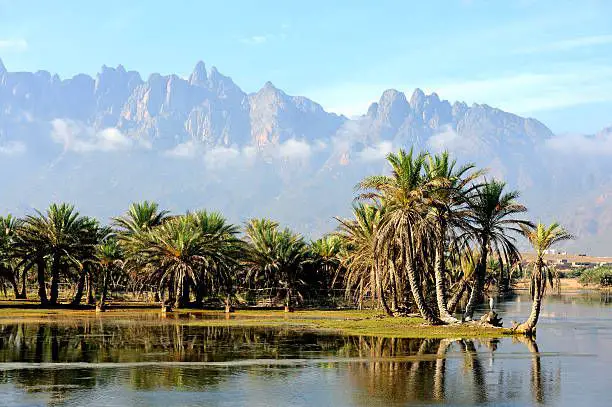
The people of Socotra have their own language, customs, and traditions, and have historically relied on fishing and agriculture to sustain themselves.
However, Socotra is facing a number of environmental and cultural challenges. The island is increasingly threatened by climate change, overfishing, and unsustainable tourism practices.
The local government and international organizations are working to preserve the natural and cultural heritage of Socotra, but much work remains to be done.
In conclusion, Socotra is a truly extraordinary destination that offers a glimpse into a world that seems almost otherworldly.
Its unique landscapes, incredible biodiversity, and rich cultural heritage make it a must-visit destination for any traveler seeking a one-of-a-kind experience.
However, it's important to visit Socotra responsibly and to support efforts to protect this fragile and precious ecosystem for generations to come.
Ivory Hill, China

Ivory Hill, also known as Fangyan Scenic Area, is a natural wonder located in the Hunan province of China.
This stunning landscape is characterized by towering limestone pillars that resemble ivory tusks rising out of the earth, hence its name.
The limestone formations of Ivory Hill were formed over millions of years by the process of karstification, which occurs when limestone is dissolved by acidic water.
Over time, this process has created an otherworldly landscape of towering pillars, natural arches, and underground caves.
Visitors to Ivory Hill can explore the area on foot or by taking a cable car ride to the top of the hill.
From the summit, visitors can enjoy breathtaking panoramic views of the surrounding countryside and the stunning rock formations below.
One of the most popular activities at Ivory Hill is exploring the underground caves. The area is home to a number of large and well-preserved caves, including the Black Cave and the White Cave.
These caves are illuminated with colorful lights, creating a surreal and magical atmosphere.
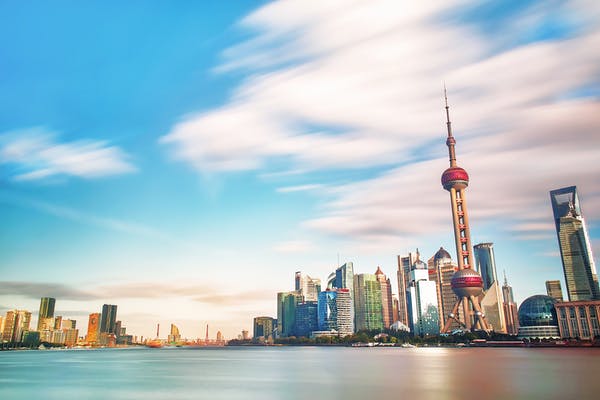
Another popular activity at Ivory Hill is rock climbing. The area is a popular destination for rock climbers from around the world, who come to scale the towering limestone formations.
In addition to its natural beauty, Ivory Hill is also home to a number of cultural and historical attractions.
The area is dotted with ancient temples and shrines, including the Fangyan Temple, which dates back over 1,000 years.
However, like many natural wonders around the world, Ivory Hill is facing environmental and cultural threats.
The area has been negatively impacted by pollution and tourism, and efforts are underway to protect and preserve this precious ecosystem.
In conclusion, Ivory Hill is a stunning destination that offers a unique and otherworldly experience.
Its towering limestone formations, underground caves, and rich cultural heritage make it a must-visit destination for anyone traveling to China.
However, it's important to visit Ivory Hill responsibly and to support efforts to protect this fragile and precious ecosystem for future generations.
Conclusion
The Blue Lagoon in Iceland, Socotra in Yemen, and Ivory Hill in China are three of the most extraordinary places on Earth, each offering a unique and otherworldly experience for travelers.
The Blue Lagoon's surreal blue waters, Socotra's unique landscapes and incredible biodiversity, and Ivory Hill's towering limestone pillars and underground caves all make for unforgettable destinations.
However, it's important to remember that these places are also fragile and vulnerable to environmental and cultural threats.
As travelers, we have a responsibility to visit these destinations responsibly and to support efforts to preserve and protect them for future generations.
By doing so, we can continue to experience the wonder and beauty of these incredible places while ensuring that they remain intact for years to come.
